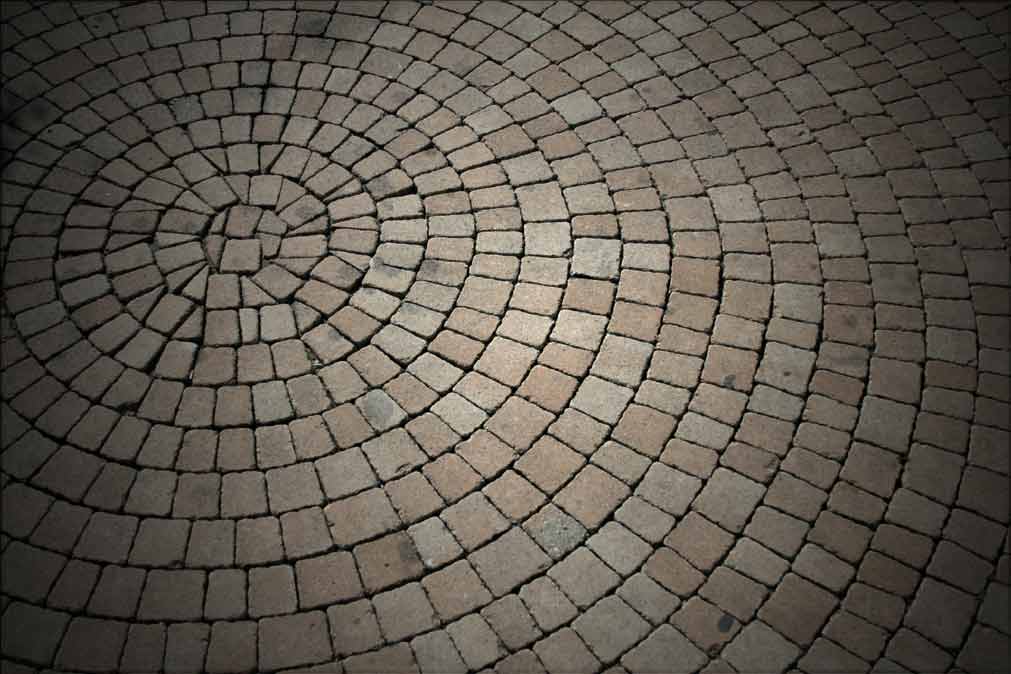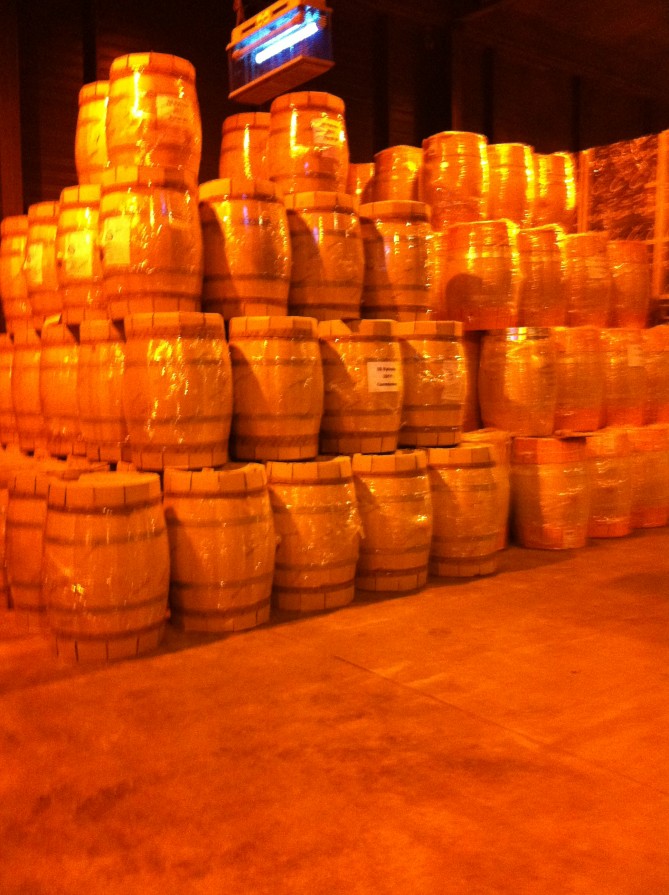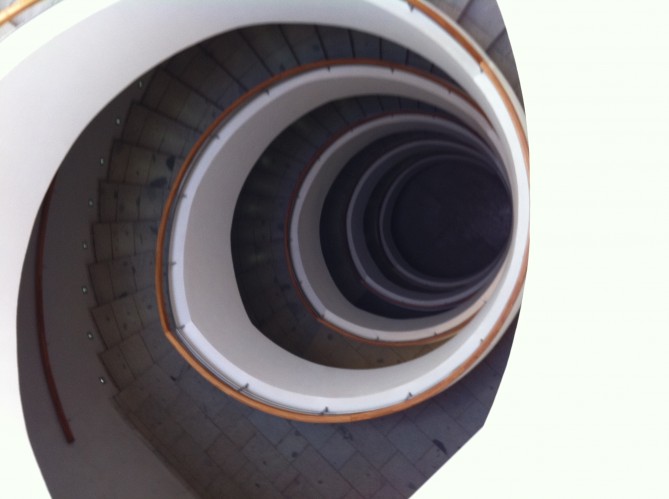5.9.2011
The grapes are picked now what happens?
Posted in News
by Tammi Ramsey
Good Morning!
So last Friday I wrote about the tedious work of picking the grapes off the stems manually and getting the grapes in the barrels…what happens next?
It is interesting to try to describe without using all photos, but let me see if I can paint a picture for you. At the end of the chill line the grapes were taken two places, either in upright french oak barrels with one end taken off the barrel. Imagine a barrel on standing on the end filled with deep purple almost black grapes an there would be a bung in the normally used little hole that is in the middle of the barrel. (Bung is a big rubber cork thing that is used as a stopper). With the end being open the barrel is taken into a room which at Lapostolle is warmer than normal with a high humidity. We would manually punch down the caps, slowly pressing the grapes so they are submerged in the juice that was being created as the weight of the grapes crushed and ruptured the grapes on the bottom.
Once the punch down was complete we would cover the top with super thick plastic film and to secure the plastic we had these massive rubber bands to hold it in place. We had to punch down 4 times during day shift and then again 4 times on the night shift. This process goes on for about 2 weeks. During that two weeks we also had to take the temperature of the fermenting wine to make sure it was not getting too hot or if it was too cool, the yeast will stop working to turn the sugars into alcohol. This is very labor intenstive, but my friend Jespar was overseeing this entire operation. He has traveled the world making wine in France, Argentina, Spain, California and Chile. He has always worked for some of the most prestiguous wineries. He said he choose to come to Lapostolle because he wanted to work in a truly biodynamic winery. He said to me one day, Tammi when you punch down, you can not feel like it is hard work, it is a slow sexy process, let yourself love it.
From that point on each barrel I punched down, I could honestly feel the difference in the texture and the weight of the cap and the grapes. I would taste the wines each time and I could feel the fermentation process starting and all the way through the process, I could tell when the fermentation had stopped. It was really a moment for me to take a second and really feel what the wine was going through. I felt connected to the process more than ever.
Next was the interesting step….How do they get the grape skins out of the barrel? Since they really only want the wine, did we scoop out the grape skins or what? We strained the wine into a new barrel, this barrel was laying on it’s side and of course had both ends on it. Once the final barrel was full of wine, we put a bung into the hole and then we would not touch the barrels unless it is time to top off the barrel. What does top off mean? Well, as a wine is aging in the barrel you want as little oxygen as possible in the barrel, but wine can evaporate, that is called the Angel’s share, wine can also find it’s way into the oak that contains it. So you have to refill with more wine to the proper levels about once a month for the entire time the wines are aging. At Clos Apalta, all the wines age 24 months in barrels before it is bottled.
I think one of the other most interesting days for me was the day the barrel makers came to the winery and showed how to removed the end of the barrel and how to replace it and make sure it would not have any leaks. Making is a barrel is an art form and they are expensive and Lapostolle uses new french oak barrels each vintage, so watching these guys perform their magic was more than awesome.
Much of my time while working in this area of my apprenticeship, was spent punching down, sanitizing, helping move barrels from the receiving area into the “warm” areas. We also had some experimental barrels which were filled with grapes and they were laid on their side. To make sure the grapes were staying moist, our process was to first made sure the bungs were tightly in place, then we had the barrels on a track system and we would roll them over a full 365 degrees one way and wait a few minutes and roll them back into their original places. It was great to see the effort, love and passion at each step of the process. They never cut corners, they never questioned why are we doing this the “long” way…all the winery folks have such a deep love for creating a quality product, it was just a very inspired experience. They all discussed which vintages they enjoyed the most and what part they had in it’s success.
I have often wondered why is it some bottles of wine cost so much more than others…I get the whole product demand aspect and I knew some wines were made with superior grapes and from great locations, but now seeing all the work that happens 2 -3 years before I even think about buying a bottle of Clos Apalta, I wonder why the cost is so fair!
Tomorrow I will discuss some of the other wineries I had the chance to visit and try their wines!
Much LOVE and wine,
Tammi







